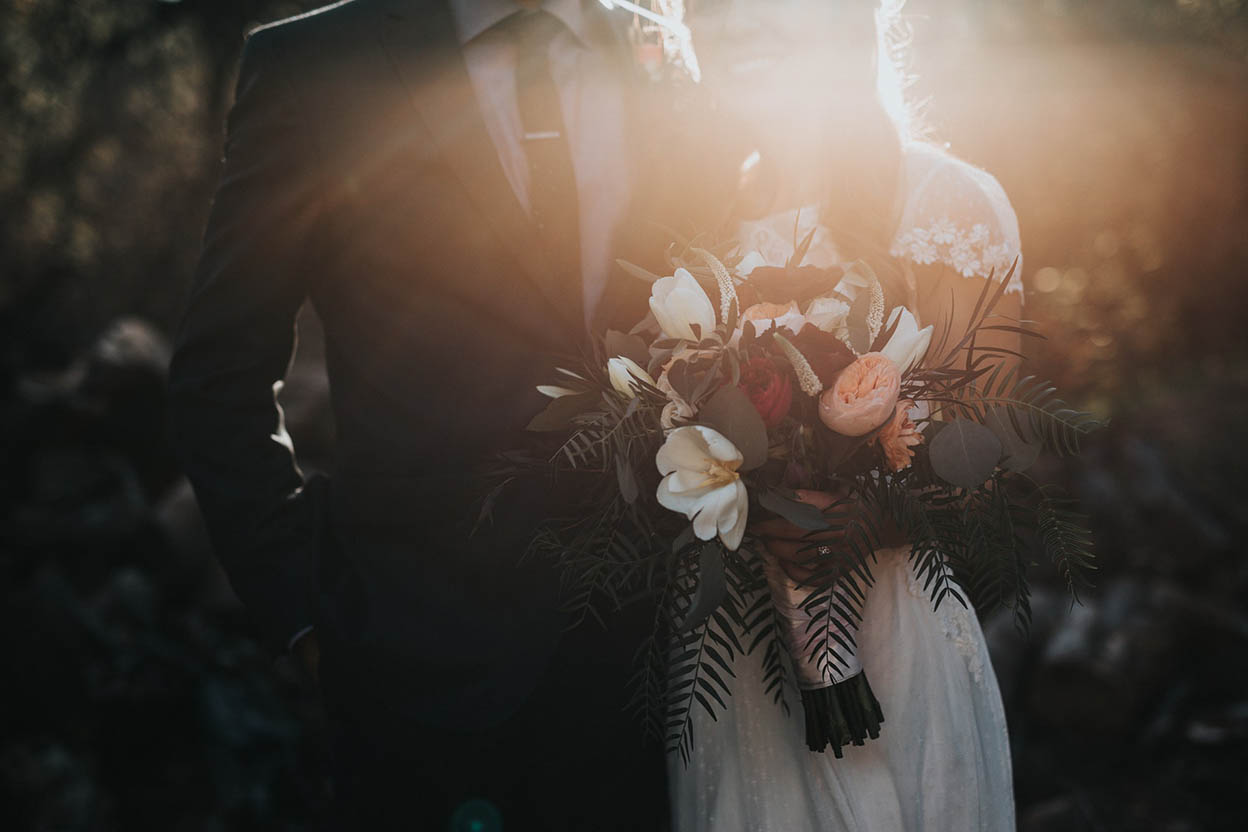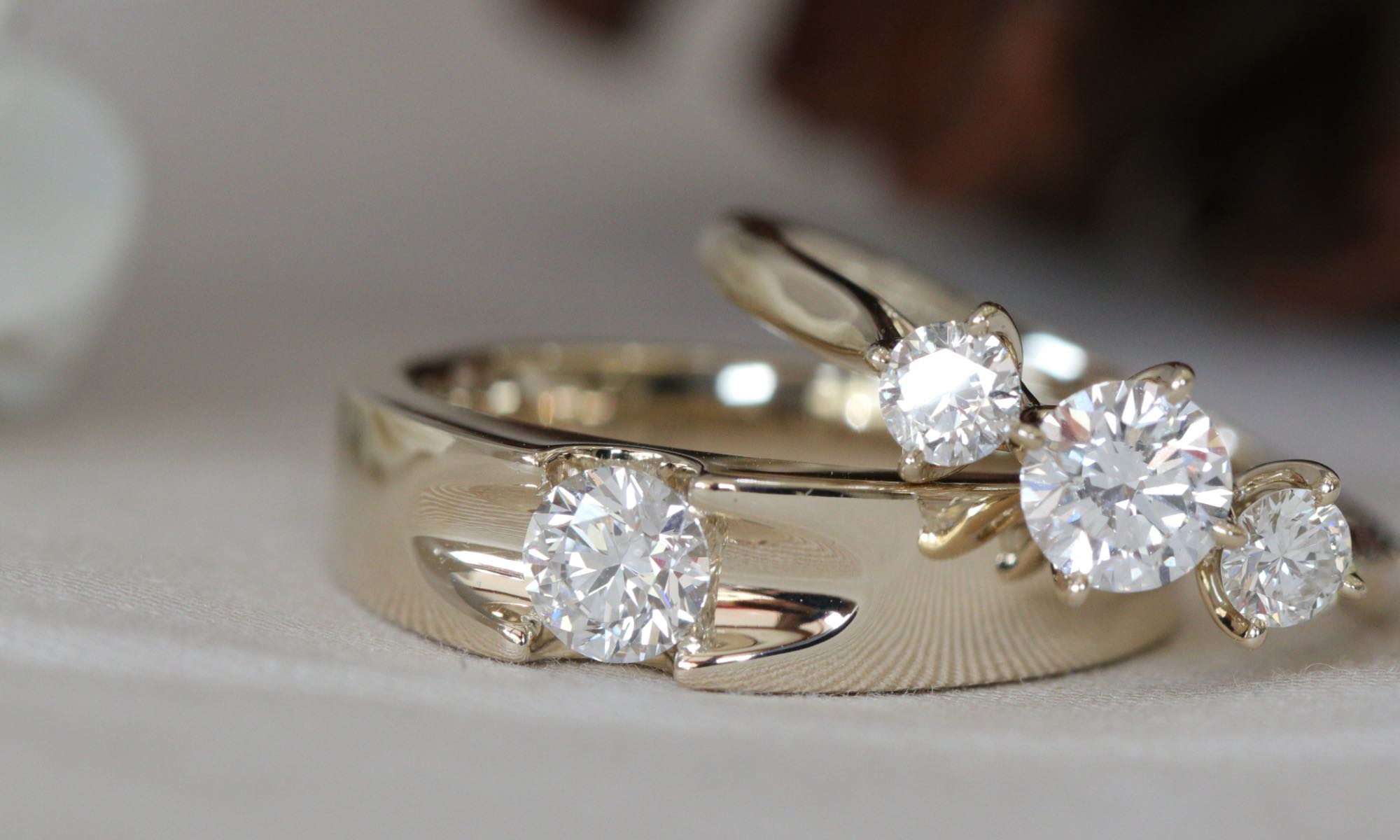Understand the 4Cs
Internationally recognized institutions like GIA, HRD, or IGI have expert jewelers who use a 10x microscope to examine each diamond and determine its characteristics. They describe the diamond’s four key characteristics, known as the “4Cs,” which include carat weight, color, clarity, and cut. These are the main factors that indicate the quality and beauty of each diamond.
By having a basic understanding of how to view a diamond’s certificate, you can make more informed decisions when purchasing diamonds that align with your preferences and budget.
Carat
A diamond’s weight is measured in carats, with 1 carat diamond equivalent to 0.2 grams and 100 points. If a diamond weighs less than one carat, such as 0.30 carats, it is commonly referred to as a “30 pointer.”
Among the 4Cs, carat weight is the only factor that can be technically measured, and special precision scales are used to obtain the diamond’s exact weight.
However, it’s important to note that comparing diamonds based on carat weight alone is similar to comparing the value of a work of art based on size. A large painting by an unskilled artist cannot be compared to a small painting by Picasso. Therefore, diamonds of the same carat weight but different sizes will have the same points but varying prices. The overall value of a diamond depends on the other factors within the 4Cs.
In general, larger and heavier diamonds are rarer and more expensive. The price of diamonds increases at each “staging post” in carat weight, but not in a directly proportional manner. Choosing the right carat weight is a matter of personal preference and budget.
Above Diamond offers the option to select diamonds directly from some of the world’s largest diamond cutters through our website, making it easier for you to find the perfect size for your needs.
Color
Diamonds can exhibit various hues such as blue, pink, or yellow. However, the most common choice for an engagement ring is a white diamond, as it is considered a symbol of purity due to its colorless appearance.
The GIA Institute has developed a widely accepted color grading system for white diamonds, which ranges from D (colorless) to Z (yellowish). For diamonds in the fancy color range, such as blue, pink, or yellow, a different set of criteria is applied to determine the diamond’s color.
The color of a diamond can significantly impact its price, with a D-color diamond being the most sought-after by purists due to its lack of yellow tint. Therefore, D-color diamonds typically hold a higher value compared to diamonds with a yellow tint.
Above Diamond adheres to the GIA international standard for color grading, which ensures that each diamond’s color is accurately measured in the correct lighting environment to eliminate any chromatic aberration. This ensures that the diamonds we deliver to you are of the highest quality.
Clarity
Clarity is an important factor in determining the quality of a diamond. It refers to the presence or absence of inclusions and blemishes on the diamond’s surface or within the diamond itself. Similar to a birthmark on a newborn’s body, these defects are unique to each diamond.
The smallest amount of blemishes or inclusions is what defines diamond clarity. The location of the defect also determines its visibility. For example, defects on the front of the diamond are more noticeable than those on the outer edges. Additionally, if the diamond has too many inclusions, it can hinder the light passing through the diamond and affect its sparkle.
Diamond clarity is the second most important factor in determining the value of a diamond after carat weight. The cleaner the diamond is, the higher its price. For example, diamonds with the IF clarity level (internally flawless) will always command a higher price. Diamonds that fall below the SI clarity level (slightly included) may have visible defects to the naked eye and therefore, are sold at discounted prices.
It is important to note that more than one-third of diamonds sold worldwide have undergone lab-based “wound healing” processes, which involve using a laser and acid to make the flaw appear smaller and improve the diamond’s clarity. However, this process decreases the value of the diamond. Thus, we do not sell diamonds that have undergone such processes.
Cut
When discussing a diamond’s “cut,” we take into account not only its shape but also the quality of the cut itself, which can be assessed based on factors like proportion, texture, and symmetry. Ultimately, a diamond’s beauty largely depends on this aspect of its makeup.
Within this broader category of cut quality, there are three specific factors that you can evaluate with the naked eye: brilliance (the sparkle created by light refracting within the stone), fire (the rainbow effect produced by white light dispersing within the diamond), and scintillation (the pattern of light and dark areas that appears when the diamond moves under light).
The cut of a diamond also plays a role in determining its value. For example, Triple Excellent Cut diamonds command a higher price than those graded as Very Good, Good, Fair, or Poor. When it comes to round diamonds, those classified as Excellent or Ideal Cut have the most perfectly proportioned facets. Additionally, if a diamond displays “Hearts & Arrows” patterning, it will be even more beautiful because H&A diamonds require meticulous craftsmanship and take more time to cut than standard faceted diamonds. It’s worth noting that achieving this level of perfection means that around 15% of the diamond must be discarded, which helps explain why diamonds with H&A are so highly prized.
We have a special collection of diamonds called “Above Ideal Cut™,” which comprises less than 0.1% of the world’s diamonds. These diamonds have been selected by our jewelers to meet the very highest standards of quality. Investing in one of our Ideal Cut diamonds means investing in a truly magical piece of jewelry that will become a treasured family heirloom.
Discover our creations

Need help completing your order?
Get in touch with one of our diamond specialists.



